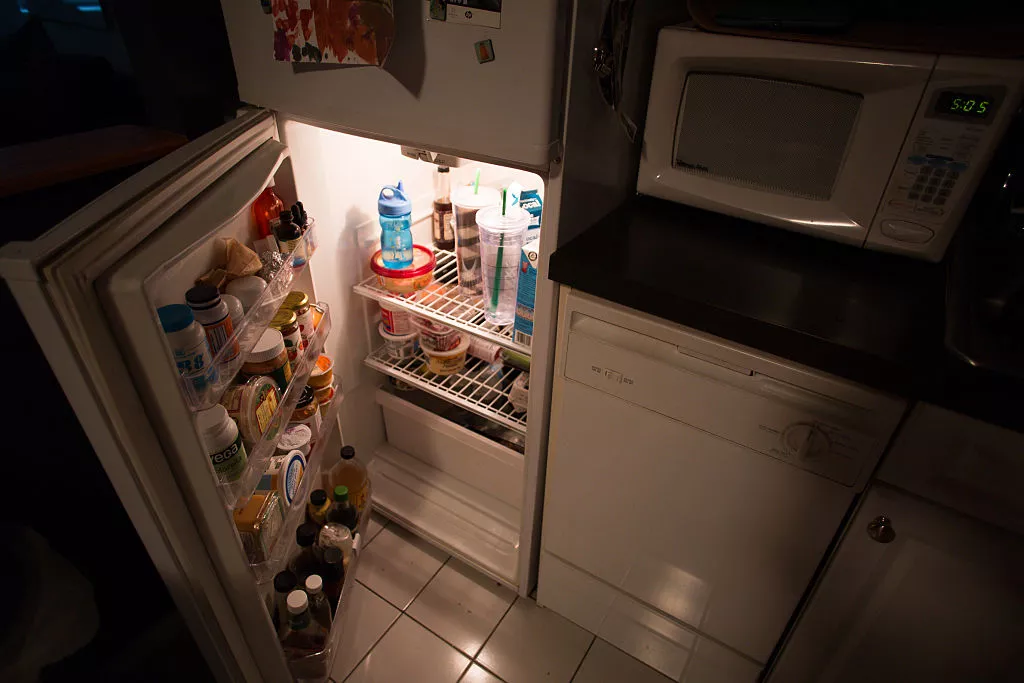If you have a weight management objective, considering part control in your diet will get you on the appropriate track for success.1 Nevertheless, identifying your optimum section size can be tough. Below, we explore how to come to be a lot more conscious of section sizes to aid you reach your health and fitness goals.
What Is Part Control?
Section control is the act of being aware of the quantity of food you eat and changing it based on nutritional value and goals of your consuming strategy. The easy reality is big or unbalanced part dimensions can quickly threaten weight-loss initiatives. It’s simple to wind up with greater than you recognize on your plate.
Part control can help you produce a nutrient-dense consuming pattern. By honing in on how food makes you really feel, you can learn how to change your portion dimensions of those foods accordingly. This knowledge is the cornerstone of developing good consuming practices to increase your opportunities of accomplishing your health and wellness and wellness goals.
Portion Dimension vs. Serving Dimension
There’s complication concerning the distinction between serving size and section dimension. Serving size is what gets on the label, whereas section dimension is what’s on your plate.
You’ll locate the serving dimension for foods on Nourishment Information labels on the majority of packaged foods. Some individuals misinterpret the offering dimension for the quantity they’re meant to eat, but that’s not the situation.
Offering size is a conventional set by the Fda (FDA) to describe “the quantity of food customarily consumed in one sitting for that food.” 2 It is made use of as a reference indicate specify the quantity of food in connection with the nutritional information revealed.
Section size is the quantity of a particular food that you consume. It is commonly bigger or smaller than the offering size on the nourishment tag.
Let’s claim, for example, that you routinely snack on microwave snacks. An offering size according to the Nutrition Facts tag is 3 mugs. There are 2 servings in each full-size bag. If you consume the whole bag, your portion dimension is 6 cups– dual the offering dimension and increase the nutrition values.

Similarly, the recommended offering dimension of grapes is 1 cup or about 16 grapes. If you eat more or less, you’re consuming a various quantity of nutrients than what is provided on the nutrition label for the 1-cup offering size.
This is true even with certain diet regimen apps that base part size calculators for fat burning on FDA serving dimensions. Unless you have the referral values and make the ideal adjustments– such as inputting 8 grapes as a half-portion or 20 grapes as a 1.25-portion– the app will certainly be of little advantage to your weight-loss approach.
Exactly How to Compute Part Dimension
There is no right or incorrect quantity of particular food to consume when you intend to drop weight. The proper part dimensions of food are the parts that permit you to fuel your body with power and nutrients and feel satisfied.
If your weight-loss strategy includes tracking calories, you can utilize your overall daily calorie objective to help identify equivalent part dimensions.
Unlike offering size, the portion size need to be calculated based on how many calories you prepare to consume in a day. You would then prepare your menus by calculating how much of a particular food you can consume to continue to be within that limitation.
The supreme aim of any type of weight-loss plan is to eat less calories than your body uses. To accomplish this goal sustainably and healthfully, do so without denying on your own of essential nutrients, including healthy and balanced fats and carbs.
Thus, portion dimensions can vary as long as nutritional demands are fulfilled. These goals are detailed in the 2020-2025 USDA Dietary Standards released by the U.S. Department of Health and Human Services and the United State Division of Agriculture.3.
A section size calculator for weight loss can set your day-to-day calorie objective. The calculation is based upon your age, sex, height, current weight, task level, and weight management goal.
Practical Portion Control.
Explore part dimensions that assist you plan pleasing dishes however also permit you to pursue your goals. It’s not always a precise science and may need a great deal of experimentation.
You might discover that a part of food (3 ounces of hen, for instance) might load you up eventually and leave you hungry the following. Working with a signed up dietitian when first starting may be valuable to guarantee your diet plan is risk-free and fulfills your day-to-day nutritional goals.
As soon as you understand how much to consume, you might require to take added actions to make certain the portions are accurate.
Try home plate approach. Utilize these standards to fill up a plate at meals as a basic method to manage parts without considering or measuring food:.
Load half home plate with vegetables, whether prepared or tossed in a salad.
Load a quarter of the plate with lean protein such as meat, fish and shellfish, fowl, eggs, milk, beans, and tofu.
Load the staying quarter of home plate with intricate carbohydrates, such as whole grains.
Usage portion-control dishes. To aid in your weight-loss objective, you may invest in a set of portion-control plates, serving spoons, and beverage glasses. The dishes usually have brilliant designs that help guide proper part dimensions. Seeking a different choice? Smaller sized recipes work, also; they make your food look much more considerable and can influence how much you offer on your own.4.
Procedure food on a scale. An electronic range can help you recognize portion sizes, particularly when you begin a weight-loss strategy. Various other gauging methods are available if a range is not useful.
Practice conscious consuming. The next time you locate yourself mindlessly snacking on energy-dense foods, concern why you’re eating and whether you’re truly hungry. Portion food onto a plate or bowl as opposed to eating right out of a box or bag.


